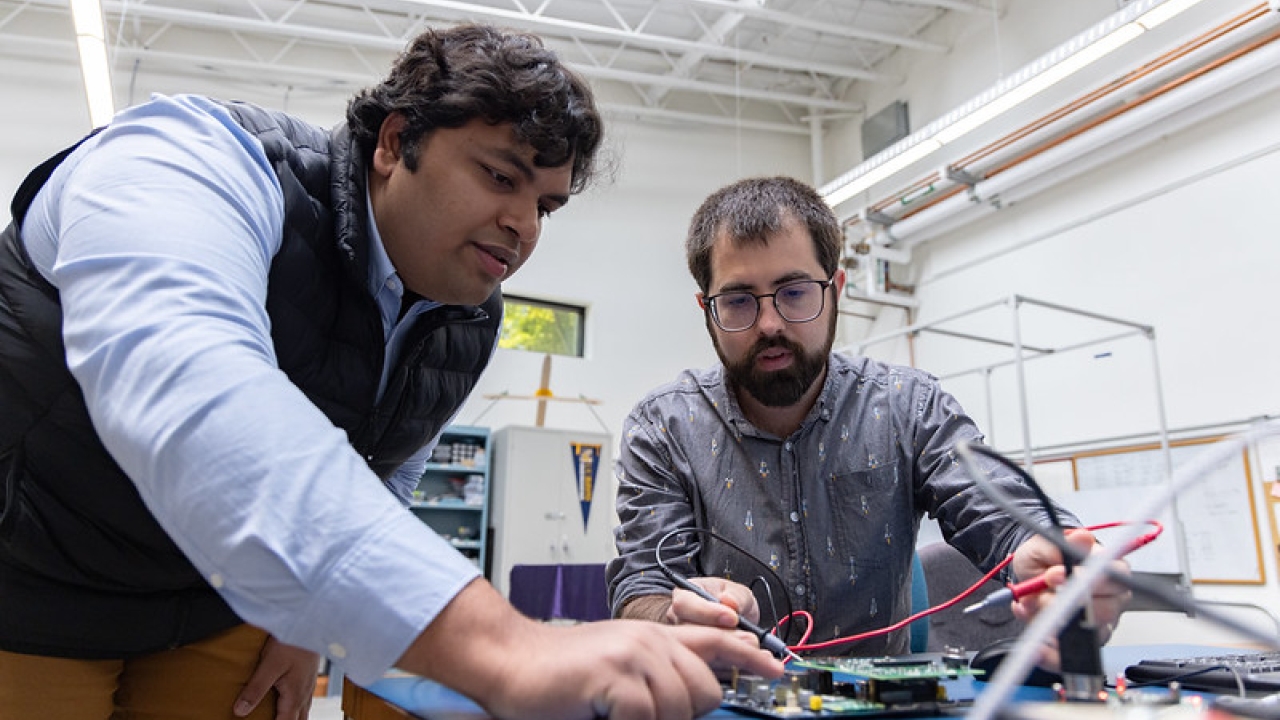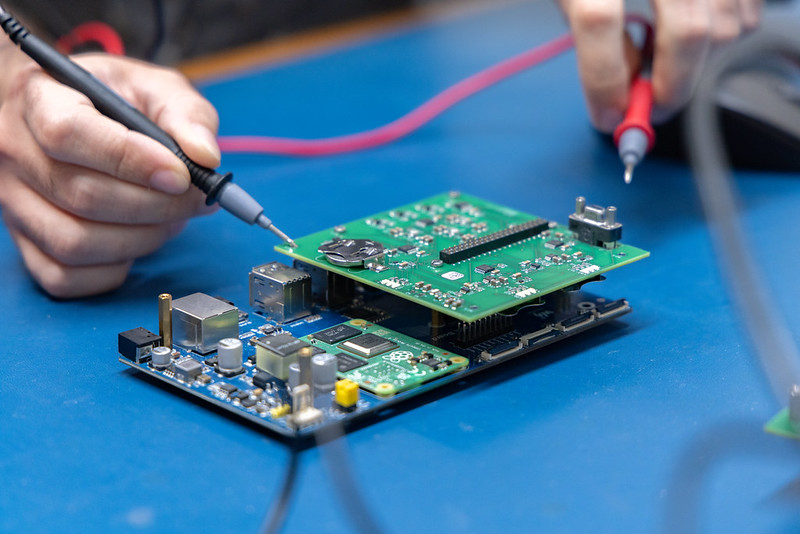
UC Davis and Proteus Space to Launch First-Ever Dynamic Digital Twin into Space
The Center for Space Exploration Research at the University of California, Davis, has partnered with Proteus Space to launch a U.S. government-sponsored satellite into space with a custom AI-enabled payload in a brand-new, first-ever rapid design-to-deployment small satellite.
The team will launch the satellite and payload in October 2025 from Vandenberg, CA. From the time the project was fully approved, the design and launch will occur within an unprecedented 13 months. (The normal pace for small satellites is often measured in years.)
The UC Davis-designed payload, developed by Professor of Mechanical and Aerospace Engineering Stephen Robinson’s Human/Robotics/Vehicle Integration and Performance Laboratory, or HRVIP Lab, is a dynamic digital twin that models the current condition and predicts the future condition of the spacecraft’s power system. The novel aspect of this payload is that the system-state model is running in real time onboard the spacecraft, instead of in ground-based mission control.
“The spacecraft itself can let us know how it’s doing, which is all done by humans now,” said Adam Zufall, a graduate student in the HRVIP Lab who is overseeing the UC Davis side of the project.


The satellite, which includes multiple commercial and research payloads, will monitor its own health in space using sensors that assess voltage and measurements of the batteries it is running on. The digital twin software will continually analyze the health and charge capacity of the battery. Using artificial intelligence, the digital twin will be aware of its own state and learn to predict its future state.
“It should get smarter as it goes,” said Robinson, “and be able to predict how it’s going to perform in the near future. Current satellites do not have this capability.”
Besides the team at Proteus, Zufall and Robinson are working with Associate Professor of Mechanical and Aerospace Engineering Xinfan Lin, whose research specializes in intelligent battery management systems. The team also includes mechanical and aerospace engineering Ph.D. students Jackson Fogelquist and Ayush Patnaik, and Ansha Prashanth, a master’s student in computer science.
The satellite, which is about the size of a half refrigerator, will launch from Vandenberg Space Force Base in California in October. It will settle into low Earth orbit and operate for up to 12 months. After three years, the satellite will naturally fall back to Earth, burning up in the atmosphere.
Media Resources
- Stephen Robinson, Mechanical and Aerospace Engineering, stephen.k.robinson@ucdavis.edu
- Andy Fell, News and Media Relations, 530-304-8888, ahfell@ucdavis.edu
- Jessica Heath, College of Engineering Communications, 530-760-9682, jesheath@ucdavis.edu






